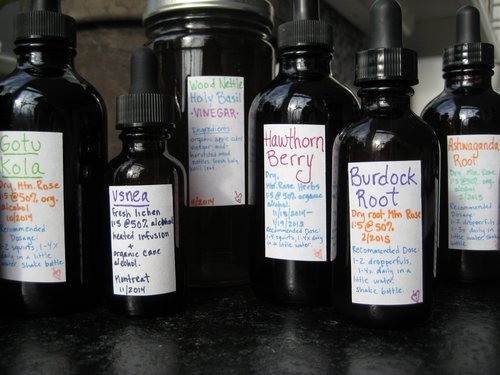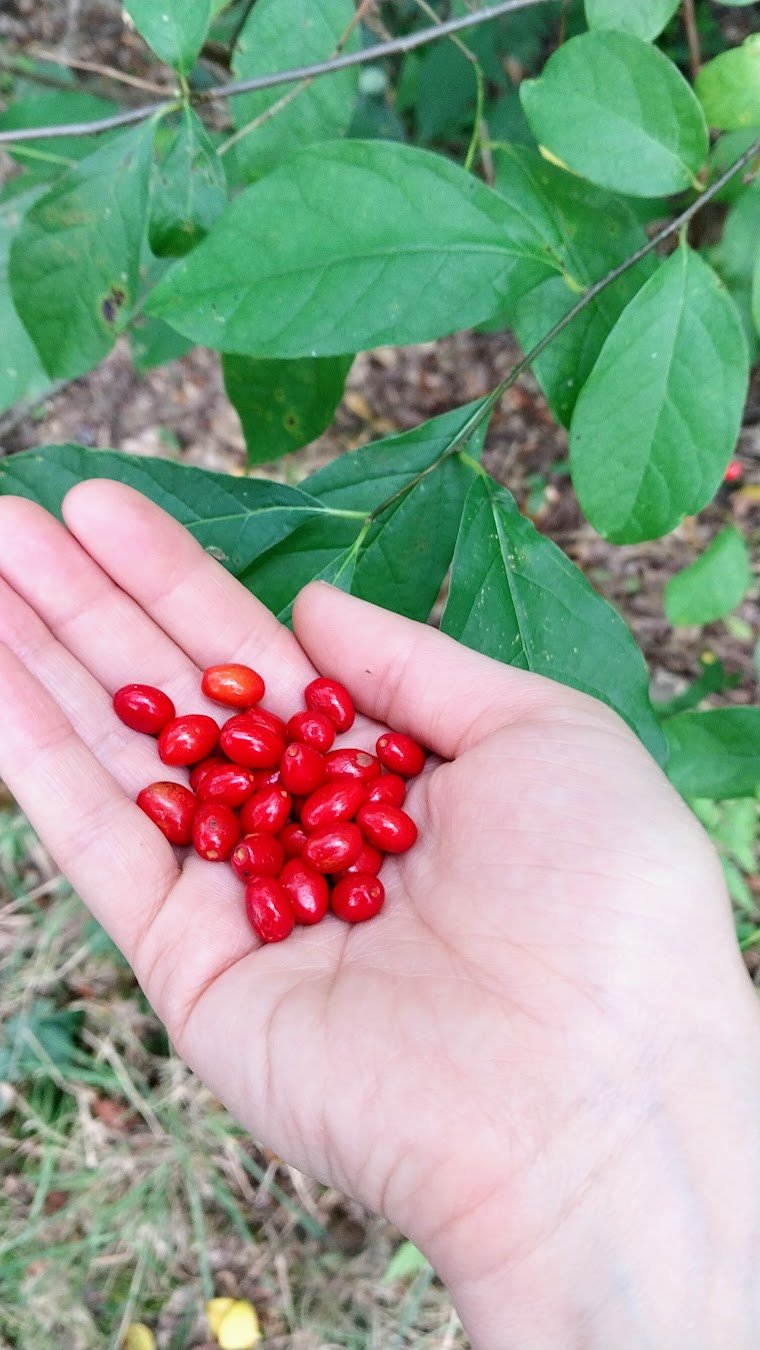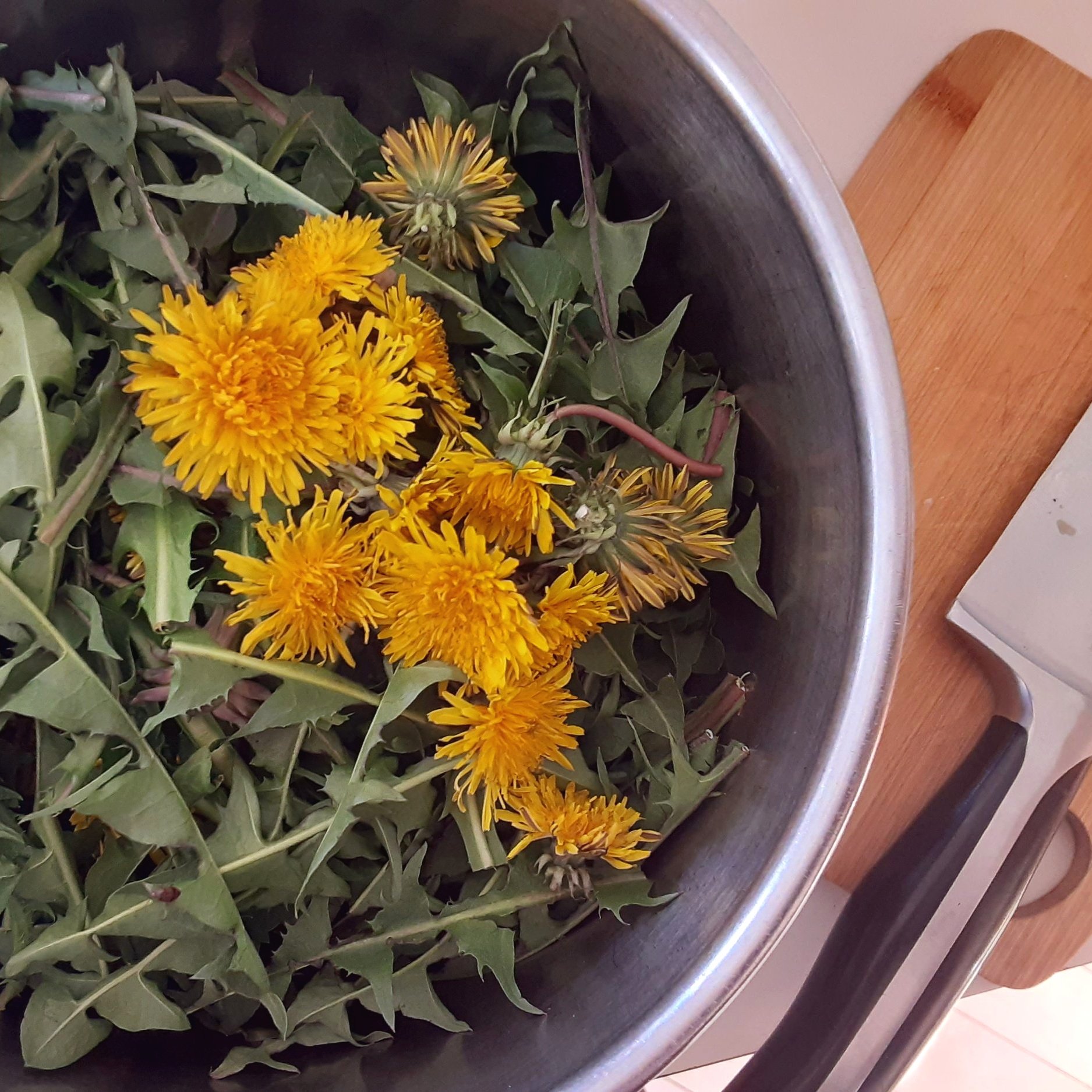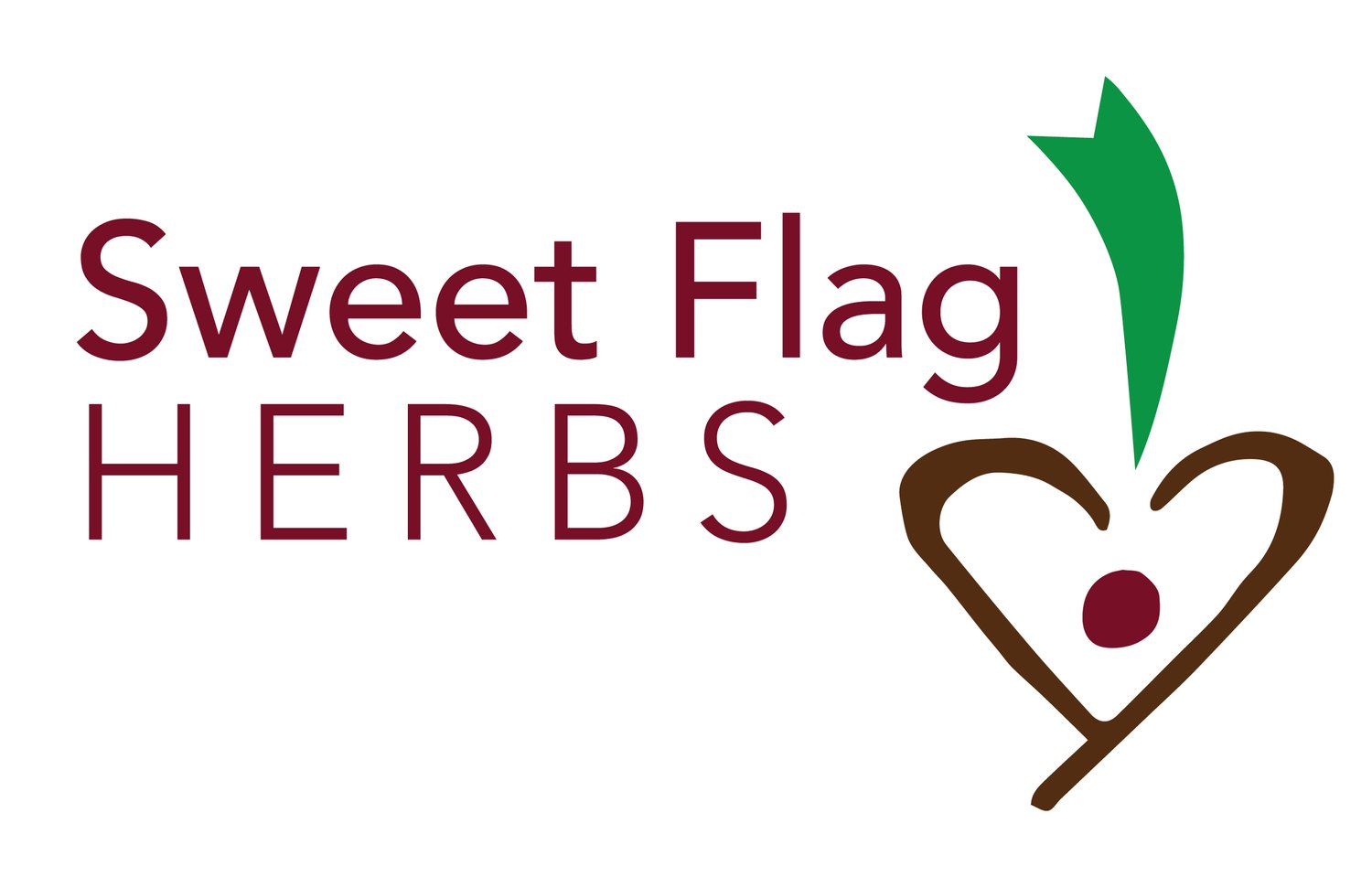
Sustainable Harvest Guidelines
When it comes to wild-harvesting edible and medicinal plants, I've heard blanket rules regarding how much plant material can be ethically removed from a site. For example:
"Take no more than 30% of a stand of wild plants."
These rules may be a useful starting point. However, as we learn more about medicinal plants' behavior and native status in our ecosystem, harvesting practices should become more refined.

Spicebush: A Native Spice
When I encounter spicebush (Lindera benzoin) growing under hardwoods, I feel a little thrill. I pluck a leaf, crunch it between my fingers, and inhale the aroma deeply. Spicebush possesses one of the most pleasantly intoxicating scents I have ever experienced. The fact that this shrub is native to my home region makes it particularly sweet.

The Age-Old Wisdom of Pumpkin Spice
In a nation ruled by McDonalds and Pepsi, Americans know we have room for improvement regarding health. However, there's something big we're getting right. That thing is pumpkin spice.
The tradition of using warming, virus-fighting, and moistening herbs in cool weather has followed us into the new millennium. Here I’ll share medicinal properties of a few of my favorite pumpkin spices. Check out the Spiced Hot Chocolate recipe below.

Beautiful Bitters
Once upon a time, humans ate a diverse array of bitter leaves and roots from the wild plants surrounding us. We enjoyed the benefits of their vitamin and mineral content, fiber, antioxidants, prebiotics-- and also their bitter constituents. In fact, our gastrointestinal system (and other systems) developed a complex relationship with bitterness over time, and came to depend on this flavor for healthy functioning.

